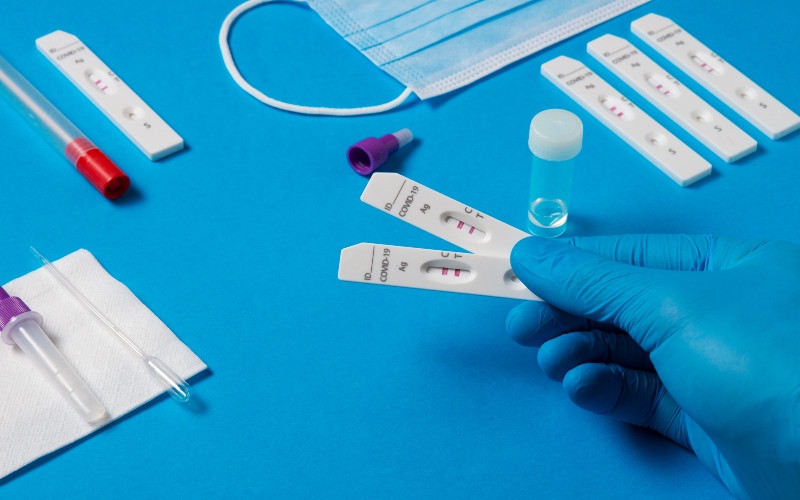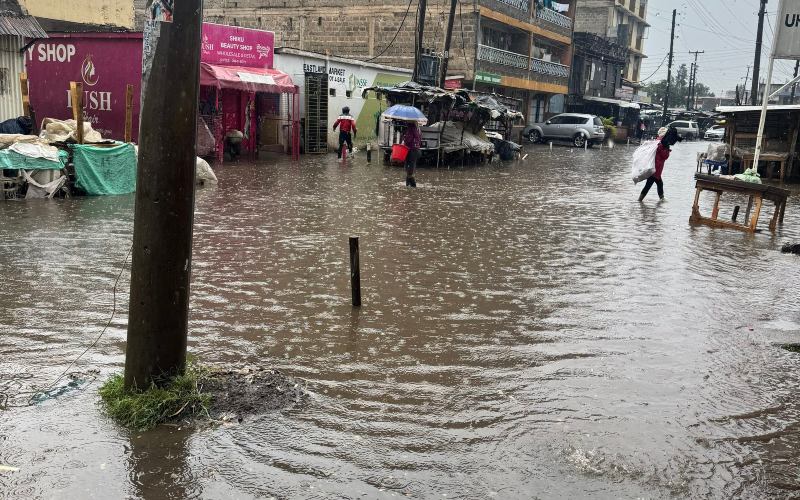Kenya sees arming rise in HIV infections after years of decline

According to the report, 20,105 adults were newly infected with HIV last year, a sharp rise from the 3,353 cases recorded in 2023.
Kenya is facing a worrying surge in HIV infections after enjoying three years of steady decline, with recent data revealing thousands of new cases recorded across the country in 2024.
Statistics released by the National Syndemics Disease Control Council (NSDCC) show both adults and children were affected, pointing to a significant reversal in progress.
More To Read
- How Kenya's adoption of single-dose HPV vaccine could boost fight against cervical cancer
- Kenya records over 20,000 new HIV infections in 2025 as Nairobi leads in cases
- Africa CDC, UNAIDS sign deal to strengthen HIV response, epidemic preparedness
- Kenya surpasses global HIV targets as deaths, infections decline
- HIV is on the rise among older Africans, but care and research overlook this group – lessons from Kenya, South Africa
- Unmasking hepatitis: The five types, their causes and treatment
According to the report, 20,105 adults were newly infected with HIV last year, a sharp rise from the 3,353 cases recorded in 2023.
Infections among children also climbed from 606 to 4,349 within the same period. Women accounted for the majority of new infections at 13,236, which is double the figure recorded among men.
Nairobi emerged as the county with the highest number of new infections, with more than 3,000 people testing positive.
Other counties that recorded high figures include Migori with 1,672 cases, Kisumu with 1,341, Homa Bay with 1,180, and Siaya with 873.
In contrast, Wajir, Tana River, Marsabit, Lamu and Isiolo registered the lowest numbers, each reporting fewer than 40 new infections.
Counties bordering Lake Victoria continue to carry the heaviest share of the epidemic. Homa Bay recorded the highest HIV prevalence in the country at 11.41 per cent, representing the portion of its population living with the virus.
The same counties also top the incidence rates, indicating they have the highest number of new infections relative to population size.
Despite the surge, Kenya has made important strides in HIV response. In January, former Principal Secretary for Medical Services Harry Kimtai announced that the country had surpassed the global UNAIDS 98-98-94 targets.
This means that at least 98 per cent of people living with HIV know their status, 98 per cent of those diagnosed are on antiretroviral treatment, and 94 per cent of those receiving treatment have achieved viral suppression.
However, the disease continues to claim lives. The report shows that roughly 21,000 AIDS-related deaths occurred in 2024, with Nakuru County recording the highest number at 1,698.
Top Stories Today











































